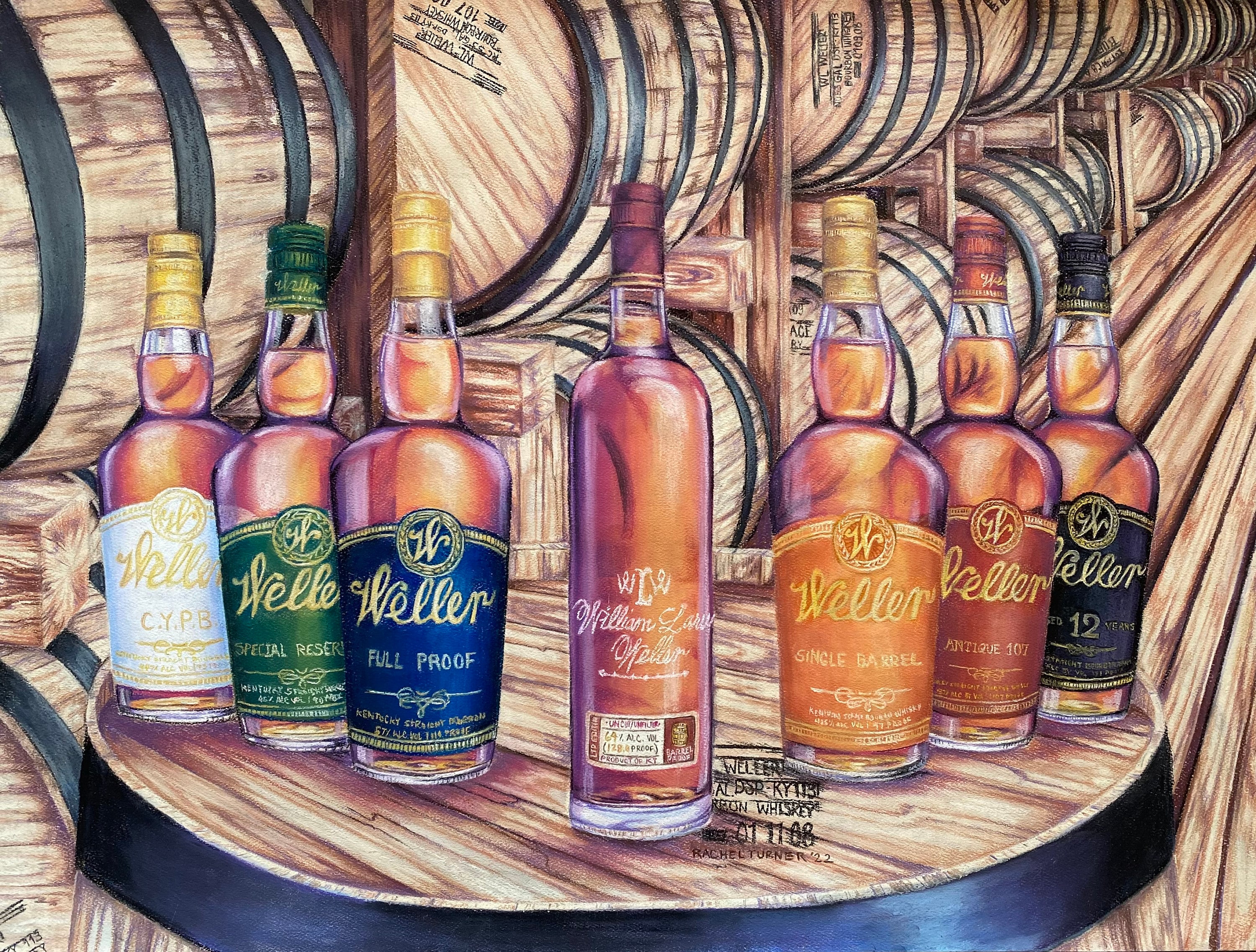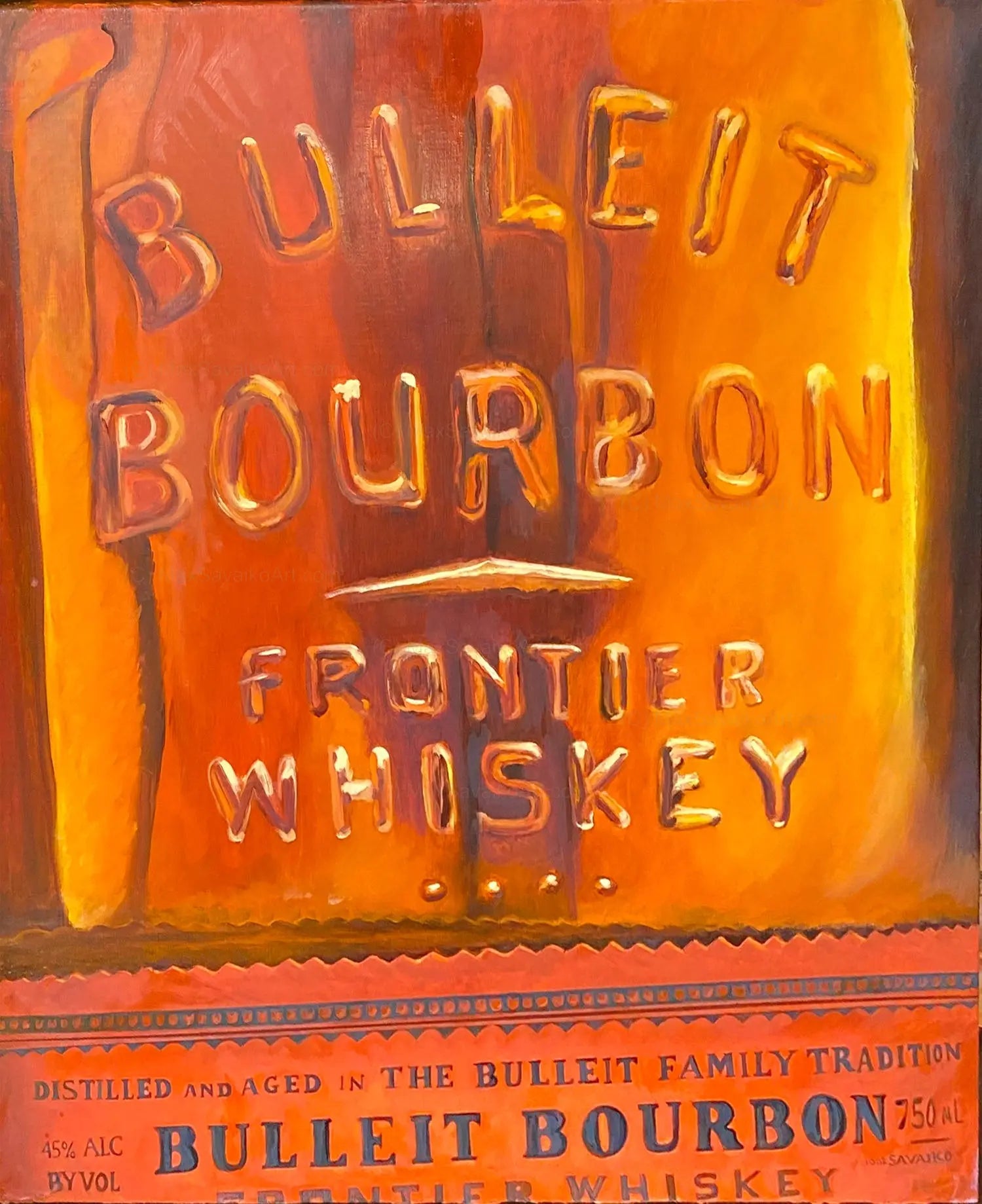Explore the World of Bourbon Art: A Trip With Culture and Workmanship
Explore the World of Bourbon Art: A Trip With Culture and Workmanship
Blog Article
The Importance of Whiskey Art in Celebrating Heritage and Workmanship in the Beverage Industry
The detailed relationship between bourbon art and the party of heritage and craftsmanship within the beverage sector can not be overstated. Through attentively designed tags and bottles, whiskey brands encapsulate their historical roots and the artisanal skills that specify their production approaches.
The Historical Origins of Whiskey
At the heart of bourbon's appeal exists an abundant tapestry of historical roots that map back to ancient people. The beginnings of scotch can be linked to the purification techniques of the Sumerians and Babylonians around 2000 BCE, where early forms of fermented grain drinks started to arise. It was in the Center Ages that the art of distillation evolved significantly, specifically in Ireland and Scotland, leading to the production of whiskey as we recognize it today.
The term "whiskey" itself stems from the Gaelic word "uisce beatha," suggesting "water of life." This expression underscores the social significance of whiskey in Celtic cultures, where it was commonly connected with rituals, parties, and public bonding. By the 15th century, purification became an identified craft within monastic neighborhoods, leading the way for the establishment of legal distilleries.
As profession routes expanded, scotch's popularity expanded, transcending local boundaries and recording the rate of interest of aficionados worldwide. Whiskey Art. This historic trip mirrors not only the craftsmanship behind scotch manufacturing but additionally its important role in social and social contexts, marking it as a considerable beverage throughout background
Artistic Expression in Branding
Bourbon branding stands as a compelling crossway of artistry and business, where visual identification plays an essential duty fit consumer perception. The appearances of whiskey labels, product packaging, and advertising materials mirror not only the brand's story but additionally its core values and heritage. Through artistic expression, distilleries share a story that reverberates with customers, evoking feelings and sparking links.
Using color, typography, and imagery in branding offers to separate items in a saturated market. Conventional concepts may stimulate a feeling of credibility and craftsmanship, while modern-day styles can symbolize advancement and forward-thinking. This strategic imaginative direction boosts brand name acknowledgment and loyalty, allowing customers to create an individual connection with the bourbon they pick.
In addition, artistic expression in branding typically acts as an event of regional heritage. Distilleries regularly integrate regional symbols or historical recommendations into their designs, producing a feeling of area that welcomes consumers to take part in a more comprehensive social experience. Eventually, the creativity behind scotch branding not only enhances visual charm yet also enhances the general narrative of the brand name, cultivating a deeper gratitude for the workmanship and heritage embedded in each bottle.
Workmanship in Container Layout
The artistry obvious in whiskey branding extends beyond visual identification to incorporate the craftsmanship involved in bottle style. Each bottle functions as a vessel not simply for the spirit within, however likewise for the story it outlines its origin, practice, and quality. The style process calls for precise attention to detail, as elements such as closure, material, and form contribute substantially to the overall perception of the bourbon.
Craftsmanship in container design includes picking high-grade glass that can enhance the whiskey's shade and quality, while additionally offering a tactile experience for the consumer. The shape of the bottle have to be both useful and visually enticing, frequently reflecting the heritage of the brand name. Lots of distilleries select one-of-a-kind shapes or embossed logos that stimulate a sense of authenticity and background.
Furthermore, the tag style and typography play a crucial function in connecting the brand's story. Realism Art. A well-crafted container not just astounds the consumer's eye however also enhances the brand's commitment to top quality and tradition. By doing this, the workmanship of bottle layout ends up being an important facet of the bourbon experience, merging artistry with an extensive respect for heritage
Social Value of Scotch Art
Commemorating tradition and craftsmanship, the cultural relevance of scotch art transcends plain aesthetics, linking with the historical and social narratives of the areas from which it originates. Each bottle offers as a canvas, portraying the one-of-a-kind stories, folklore, and practices that have actually shaped regional whiskey-making practices. The complex layouts often mirror the heritage of the distillers, incorporating icons and concepts that resonate with the culture and worths of their areas.

Furthermore, bourbon art plays an essential role in communal events and events, working as a concrete link in between people and their shared experiences. By valuing the virtuosity in whiskey packaging, customers grow a much deeper understanding and regard for the craft, ultimately improving their enjoyment of the beverage itself.
Modern Trends in Scotch Discussion
Over the last few years, the presentation of scotch has actually developed to show modern preferences and fads while still honoring standard craftsmanship - Bourbon Art. Distilleries are increasingly focusing on visual aspects that boost the overall drinking experience, connecting the void in between heritage and modernity
Cutting-edge bottle designs have actually arised, usually including lasting products and imaginative tags that tell engaging tales. Lots of brands now collaborate with local musicians, infusing their products with unique visual expressions that resonate with customers. In addition, limited-edition launches are commonly packaged in collectible containers, including value and allure for aficionados.

Verdict
In conclusion, scotch art offers as an essential avenue for sharing the heritage and craftsmanship fundamental in the beverage market. Via detailed branding, ingenious container designs, and find this culturally considerable imaginative aspects, whiskey brand names efficiently honor their practices and connect with customers.


Workmanship in bottle style includes selecting high-quality glass that can boost the whiskey's shade and quality, while likewise supplying a tactile experience for the customer. In this means, the craftsmanship of container design comes to be an important element of the bourbon experience, combining artistry with an extensive regard for heritage.
In verdict, bourbon art offers as a vital conduit for expressing the heritage and workmanship inherent in the beverage market.
Report this page